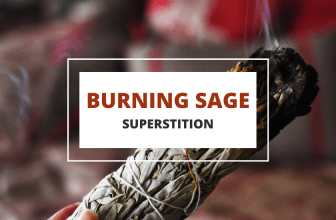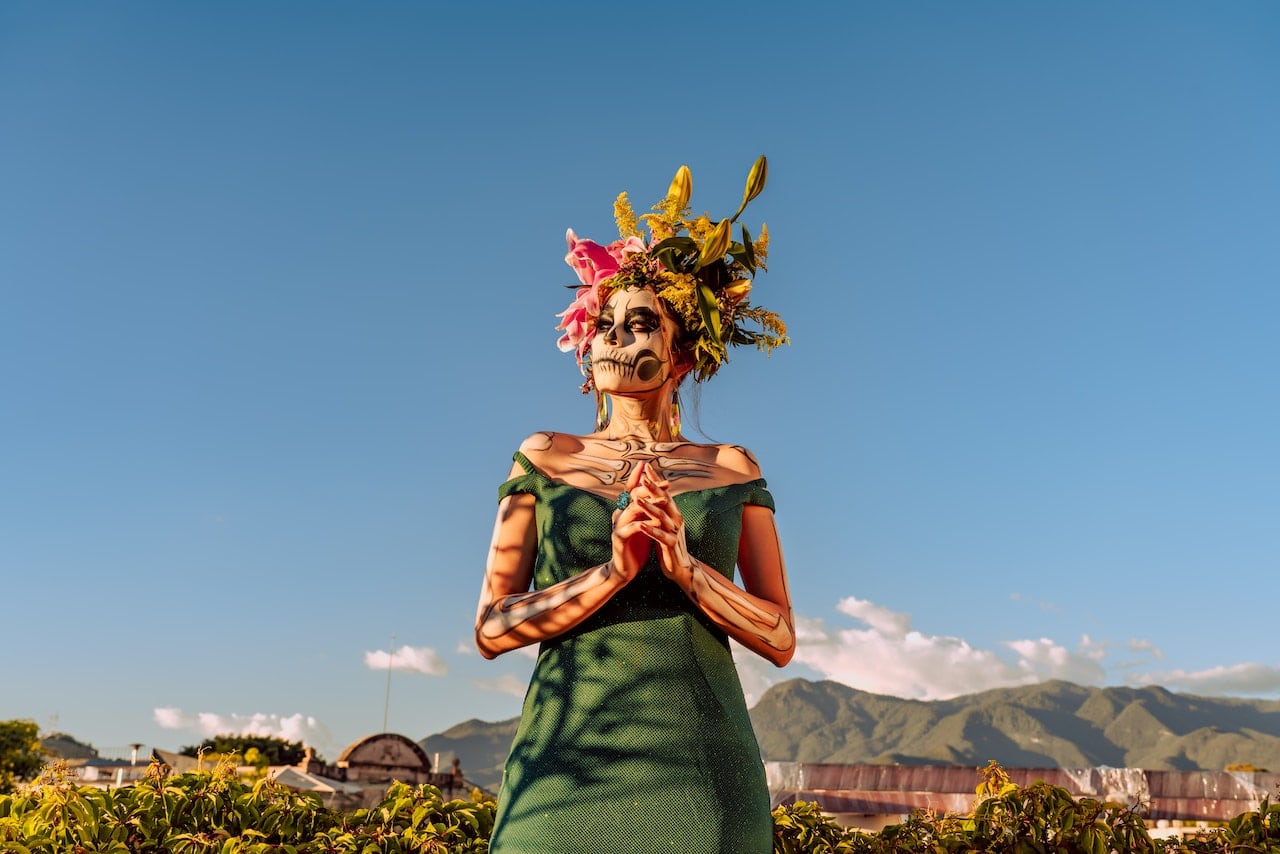
Table of Contents
Today in the rural areas of Mexico you can see a fusion of religious customs which are preserved through religious festivals and superstitions.
Mexico is a country full of contrasts; its people, customs, colors, and festivals make it an ideal destination for any tourist who wants to get to know the culture of America deeply and understand what the Mexican Republic is today, a product of its indigenous and colonial historical past.
It is worth mentioning that an important part of the popular culture of Mexico is undoubtedly the Catholic religion that 90% of Mexican families follow. This is a legacy left by the Spanish centuries ago. But ancient cultures like the Maya and the Aztecs who had their polytheistic religious beliefs also left behind their legacy in superstitions and customs that are still followed today.
We can say about the Mexican populace that they have a keen sense of identity and are immensely proud of their pre-Hispanic heritage. Family togetherness, respect, and solidarity are some pretty common values in Mexican popular culture.
All these factors have coalesced to create a stunning cultural heritage, rich with folklore, customs, rituals, and superstitions. With that said, here’s a look at some of the most interesting Mexican superstitions that have persisted over time.
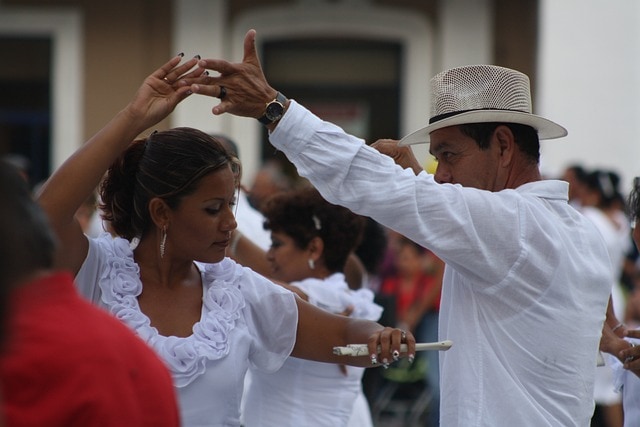
- A youngster will remain small if they pass under your legs and do not make the same trip back.
- Dogs won’t urinate in gardens or around trees if you put water bottles there.
- Eat a piece of sweet bread to help you overcome your fears.
- Four eggs are needed to get someone to like you: break two in corners and one more at the door of the target person.
- Tepeyac is a famous site in Mexico, said to be where the Virgin of Guadalupe once appeared. It’s said that if you ask something from the Virgin, and she grants your request, you must ascend to the top of Cerro de Tepeyac on your knees.
- If you put chicken poop in your hair, it will either stop falling out or will start to regrow.
- La Llorona was an indigenous lady who drowned herself and her three children after being rejected by her Spanish lover. She is said to be still crying at the river as she looks for her deceased children.
- If a black witch moth, or polilla negra as it is known in Spanish, enters your home, you must act fast and expel it. According to Mexican traditions, black moths are signs of impending death. Get the broom and sweep it away because they signify ill omens, disease, and calamity upon your livelihood.
- Tamales won’t fluff up properly if you try to make them when you’re upset.

- The guardians of the Mexican forest known as chaneque are small, sprite-like beings that could easily steal your soul if you are not careful.
- The location of Tepozteco is a favorite of UFOs and aliens.
- The river spirits will kidnap a child from you if you take them swimming in a river without first placing your palm on their head and calling their name three times.
- The therapeutic properties of Lake Tlacote’s waters are said to cure many diseases.
- To get rid of flies, hang bags of water from the ceiling.
- Turn your jeans pockets inside out when you hear the sweet potato vendor’s whistle, since it signals that you will soon get payment.
- Monsters known as “goat suckers,” or Chupacabra, hunt at night and prey on livestock. but they might come after you so watch out!
- Women frequently bury their umbilical cords under trees in rural areas so that their children might establish roots in the ground and the community.
- You can find missing objects by turning an image of San Antonio upside down and asking him to assist you. When you locate them, you must turn him back around.
- You must always cross yourself whenever you pass in front of a church or an altar.
- You shouldn’t sweep your home at night since it’s terrible luck.

- You’ll marry a widow if you sweep the dust over your foot.
- Your home will be protected against evil if you have an aloe plant that has scarlet strings tied to each of its leaves.
- What’s worse than a regular Tuesday? According to Mexicans, it’s Tuesday the 13th so step aside Friday the 13th. In many Mexican households, Tuesday the 13th is seen as a dreadful day, similar to Friday the 13th. What justifies this? Nobody is truly certain. All that is known is that many Mexican and Latin American cultures often view Tuesdays which fall on the 13th of a month as unlucky days. Some things should remain a mystery.
- This practice, which may be more of a tradition, is motivated by the superstitious hope of seeing the destinations you most desire. You and your loved ones should grab empty luggage as the clock strikes midnight to signify the start of the new year and sprint around the street with it! What’s the worst that could happen? People might laugh but you might also end up visiting that place you always wanted to check out.

- There is a proverb in Spanish that reads, “tirar una tortilla al suelo.” This means “throwing a tortilla to the ground.” Because of this Mexican belief, many people think that if they drop a tortilla on the ground, they will soon have company. The severity of these visits will vary amongst communities, but for some people, this means unpleasant or intrusive company. Additionally, that’s just wasting food.
- El mal de ojo is the superstition that is most prevalent in the Mexican cultural realm. It’s a deep-rooted belief that if someone looks at you with jealousy or malice, it will cast a curse upon you. Casting evil eyes in the recipient’s direction can bring about curses. These recipients are mostly children, and those casting these looks have the power to inflict disease or illness upon them.
- Black cats are said to be symbols of the Devil and seeing one cross your path is thought to be a harbinger of imminent bad luck. Occasionally, spotting a black cat also spells death! This concept is a holdover from the religious invasion and witchcraft hysteria of Europe and has nothing to do with Mexican or indigenous culture. This superstition has European influences.
- Have you ever experienced an unexpected ringing in your ears even while you are not moving? According to Mexican myths, this indicates that someone is making malicious remarks about you someplace!
- It’s believed that looking at your bride’s clothing or even just seeing her before the ceremony can encourage discord. Disaster will follow, undoing not only your marriage but also your complete love for one another!
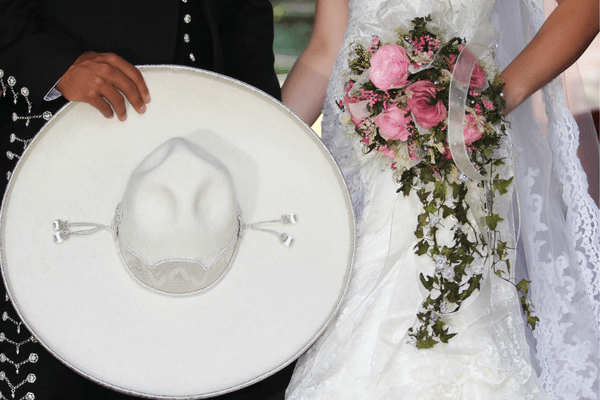
- Although not culturally particular to Mexico, many Mexicans and Chicanos nevertheless adhere to the superstition of not crossing under a ladder. For the same reason as many people do in many regions of Europe and the United States, they are afraid to cross beneath a ladder since their parents have warned them not to.
- In Mexican superstitions, owls are frequently linked to witches and Brujeria. Consequently, owls are considerably despised by many who consider their appearance to be a sign of impending death. As cats are to their European counterparts, owls are to Mexican witches’ familiars.
Our Top Pick: The Worship of Santa Muerte
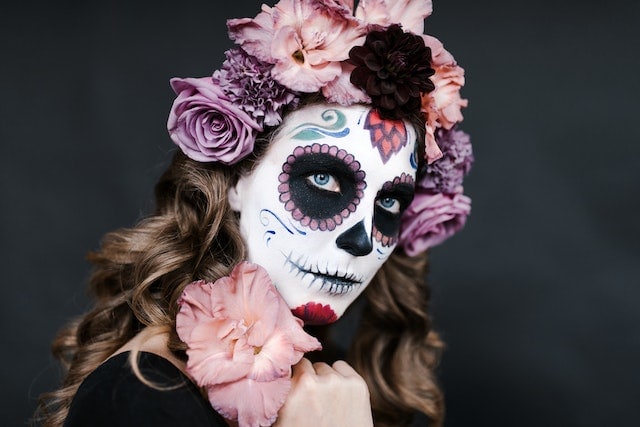
A real craze for the iconography and symbolism of death has formed pop culture in recent years and influenced the wider population. Death tattoos, paintings, fashion details, and religious infiltration became a phenomenon that transcended its original environment.
But Mexico has had such a cult for centuries. Centered around ‘Santa Muerte’, the Lady of the Holy Death – another hybrid of Christianity and local traditions. Just as Hoodoo is a mixture of African voodoo and recent Christian movements in Haiti, Santeria of Cuban and new traditions, Santa Muerte is the personification of death associated with healing, protection, and mediation in the transition to the afterlife.
Santa Muerte is a strange mix of the Catholic lady and the Aztec goddess of death Mictecacihuatl.
Until the year 2000, Santa Muerte was practically nothing more than a private and obscure idea of a small group in Mexico. But then it gets a fierce push from pop culture, and today it is the most rapid cult within the Catholic Church, with as many as twelve million followers worldwide. Santa Muerte herself attracts attention with her skeletal appearance, usually covered with a long robe, holding hair, and a globe in her hand.
There are different versions of Santa Muerte:
- La Flaquita (the skinny one)
- Señora de las Sombras (Lady of the Shadows)
- La Dama Poderosa (the powerful one)
- La Madrina (the godmother)
These are just some of the saint’s nicknames whose syncretic roots we can also see in celebrations like the ‘Day of the Dead’, or Dia de lost Muertos, when the peoples of Central and South America worship exactly the Holy Death.
How Was Santa Muerte Popularized?
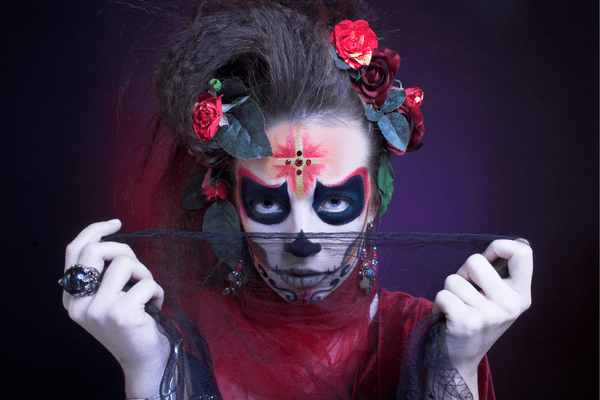
The artist and expert in propaganda José Guadalupe Posada popularized the story in the first half of the twentieth century, but as we mentioned earlier – the real boom comes in the 21st century when the cult receives media and financial support from the highest authorities.
Santa Muerte soon surpassed even the greatest Mexican saint – the Virgin of Guadalupe – and the army and the government tried to suppress everything by force, prohibiting the spread of the idea and destroying shrines.
The symbolism has since spread to the US. There she is often depicted with scales, an hourglass, an oil lamp, or an owl. The symbols are interpreted as representations of mortality, navigating the mysterious world and negative energy, as well as mediation towards spirituality.
The Vatican called this celebration ‘blasphemous religious degeneration’, after which the cult slowly distanced itself from the church.
Santa Muerte – A Patron of the LGBTIQ+ Community
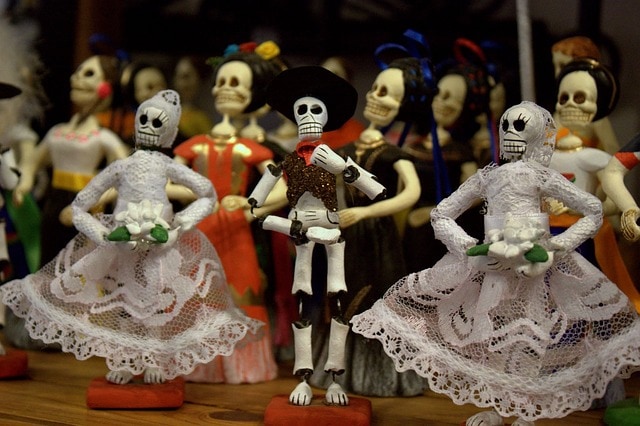
Santa Muerte is also the patroness of the LGBT community, so we often see gay weddings at her masses and ceremonies. She is also called the ‘Saint of the outcasts’. It is also not strange that it is used as a medium of protection during the invocation of demons in magical rituals, since it possesses segments of the Catholic ‘religious police‘ and pagan ‘spirits of nature.
Saint Death may not be the only deity of this type, but what makes it different is certainly its rapid spread, its acceptance in various circles, the prevalence and availability of leading its ceremonies that are not reserved only for the clergy, and the possibility of praying for unusual situations. What also makes her appealing is that people who feel like they were betrayed by the Church and society can find some solace in worshipping her.
Experts claim that the fate of Santa Muerte will be determined by its expansion into Europe – if the cult succeeds in penetrating the old continent, Santa Muerte could slowly become a real threat to its Christianity.
Wrapping Up
Whether you are superstitious or not, we are sure that these Mexican superstitions made you think about whether it’s best to be on the safe side and not tempt destiny.
For such a rich culture that spans centuries of experiences, it comes as no surprise that Mexico is home to so many different beliefs and superstitions. This is what makes the fabric of culture ever so more intricate and fascinating.
We hope you enjoyed learning about Mexican superstitions, fingers crossed.




